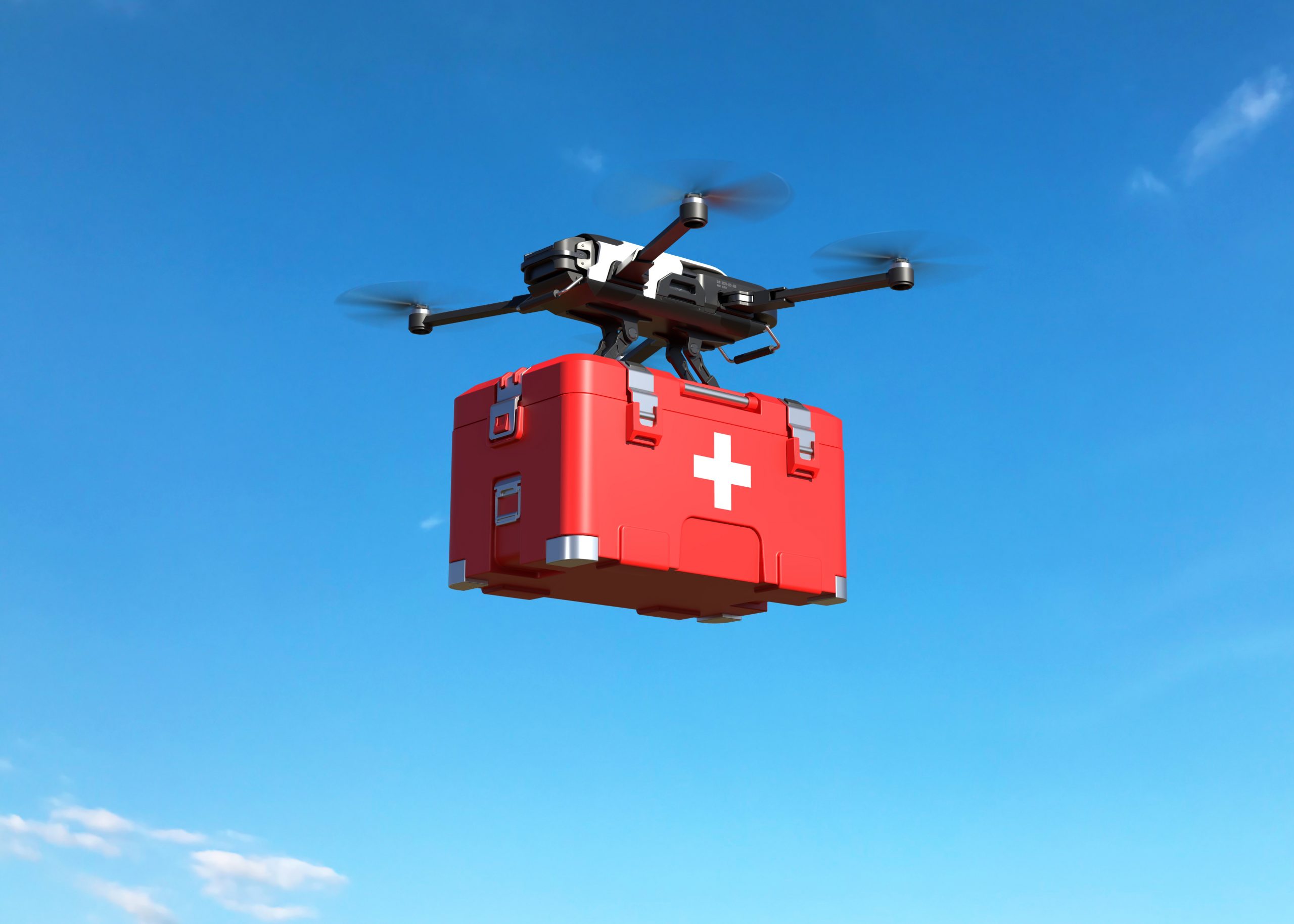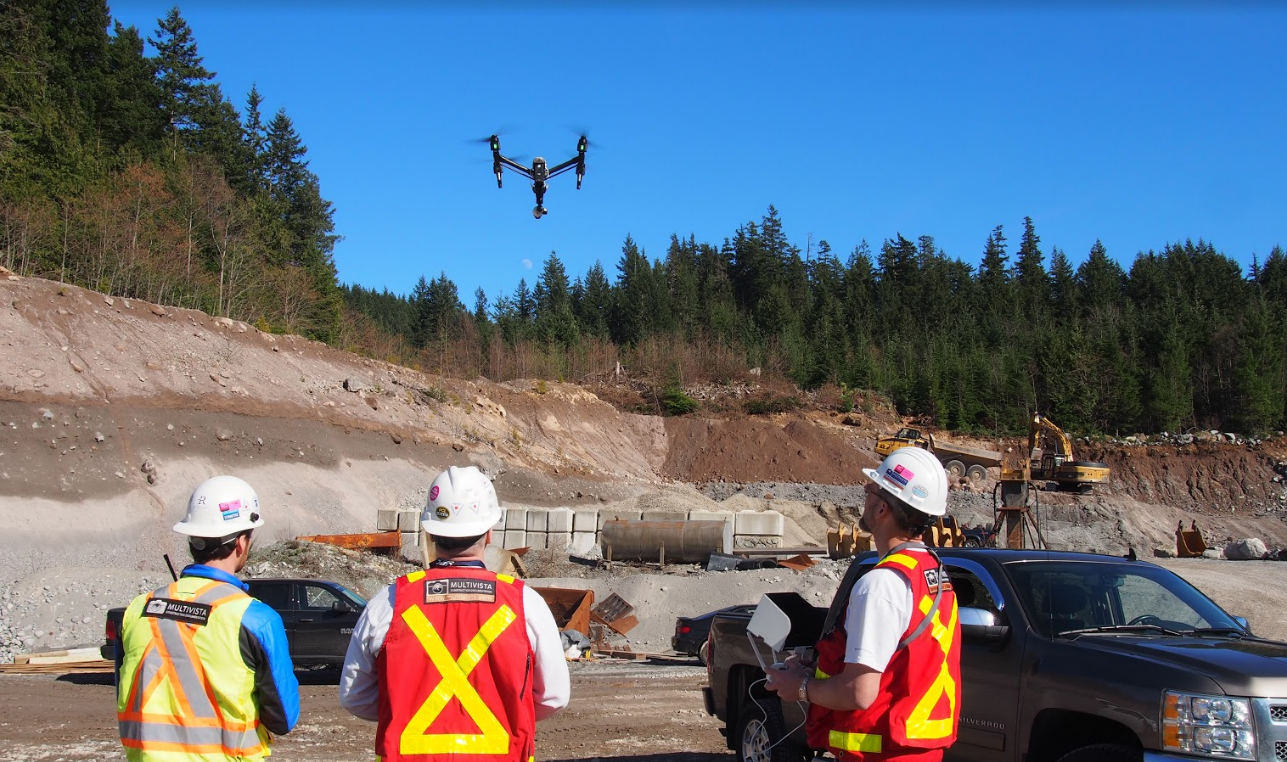The Use of Drones in Disaster Relief: Assessing Damage and Delivering Aid
Drones have revolutionized disaster relief efforts in recent years. These unmanned aerial vehicles (UAVs) have proven to be valuable tools in search and rescue operations, delivering medical supplies to remote areas, and surveying disaster-stricken regions. Let’s take a look at some of the ways drones are making a positive impact in disaster response and relief efforts.
Drones in Healthcare
One of the most significant advances in healthcare in recent years has been the use of drones to transport medical supplies, equipment, and even organs for transplant. Drones can travel long distances quickly and access hard-to-reach areas, making them ideal for delivering medical aid to disaster-stricken regions.

Abstract
With UAVs or drones sweeping the globe, disaster relief has seen quite an advancement in recent times. The ability to capture aerial footage of a disaster scene can provide search and rescue teams with the valuable insight they need to plan and execute their operations quickly and efficiently.
Introduction
Search and rescue (SAR) teams have been using drones for several years to locate victims in disaster-stricken areas. Drones fitted with thermal cameras can detect heat signatures, allowing search and rescue teams to locate individuals or animals in need of rescue. Drones can cover large areas quickly and safely, drastically reducing the time taken to locate and rescue victims.
Content
Another area where drones have proven to be extremely effective is in disaster surveillance. Drones equipped with high-definition cameras can capture and transmit real-time footage of disaster sites, providing valuable insights to disaster management teams. This data can help rescue workers assess the extent of damage and plan relief operations, saving precious time and resources.

In addition to disaster relief, drones have also proven to be useful in surveying and mapping disaster-prone areas. Using drone-mounted cameras or lidar sensors, disaster management agencies can create 3D maps of areas susceptible to natural disasters, such as landslides, hurricanes, or floods. This data can help prepare for future disasters, mitigate risks, and save lives.
One of the most significant applications of drones in disaster relief has been in the delivery of essential supplies, such as food, water, and medicine. In countries where infrastructure is poor or non-existent, drones can deliver supplies to remote areas quickly and safely. They can also deliver supplies to areas that are inaccessible by road or sea, such as mountainous regions or islands.

Conclusion
The applications of drones in disaster relief are vast and ever-growing. From search and rescue to surveillance to delivery of essential supplies, drones have proven to be an invaluable tool in disaster preparation, response, and recovery efforts. Although there are legitimate concerns around privacy and security, it’s clear that drones have the potential to make a significant difference in disaster relief efforts worldwide.

Source image : www.unicef.org

Source image : www.prophotouav.com

Source image : thefabweb.com

Source image : www.911security.com

Source image : www.multivista.com






